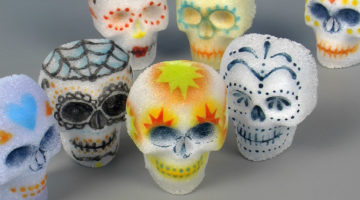
Day of the Dead Skulls L077
Pâte de Verre is a casting method that involves hand-packing layers of frit and powder in a refractory mold. For our Day of the Dead skull, we use granules of glass instead. Learn the process in this video.

Pâte de Verre is a casting method that involves hand-packing layers of frit and powder in a refractory mold. For our Day of the Dead skull, we use granules of glass instead. Learn the process in this video.
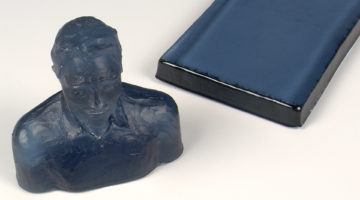
In this lesson you will learn how to prepare a wax model, how to make a two-layered refractory mold, how to steam the wax out of the mold, and successfully cool and clean the piece.
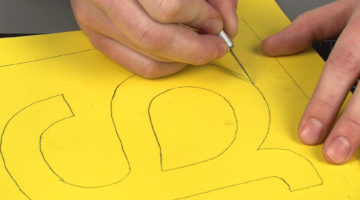
In this lesson, you will learn what kinds of imagery are best suited to the hand-cut stencil method, the process of preparing the image on vinyl, transferring it to the screen, and how to clean up materials when you're finished
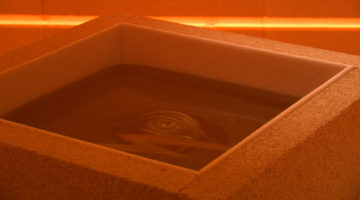
Box casting is a great way to create a reverse-relief, cast-glass object with exceptional clarity. This process is ideal for producing multiple editions of a piece.
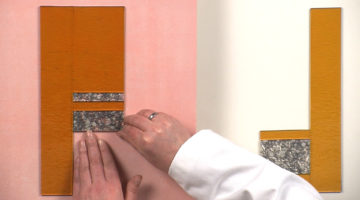
What should you expect when the part sheet is thicker than 3mm or if the surface is bumpy and irregular? Learn how to navigate these design choices in this lesson.
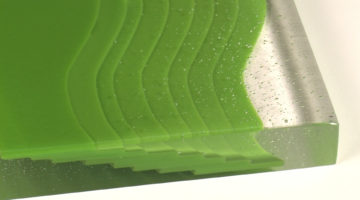
In this lesson you will learn how to create individual design layers, lay up a block to control bubbles and minimize coldworking, and considerations for damming, firing, and finishing the work.
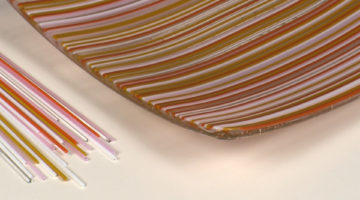
In this project-based lesson, we’ll make a basic plate with a line-based design. Using 2mm stringer and 3mm sheet glass,
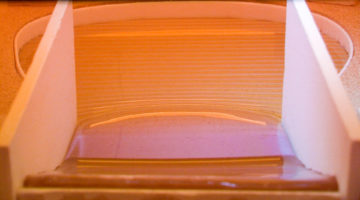
In this lesson you will learn how glass flow can be controlled to spectacular effect.
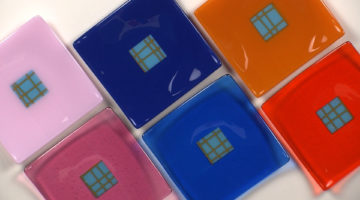
Explore ways to work with part sheets and use them as design elements.
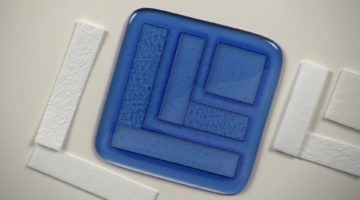
Learn how to create a kilncarved design using ceramic fiber paper, how to fire and finish a piece of work, and how glass behaves at the various temperatures used in this basic forming method.

In this lesson you will learn to print imagery onto sheet glass, as demonstrated by artist Carrie Iverson.
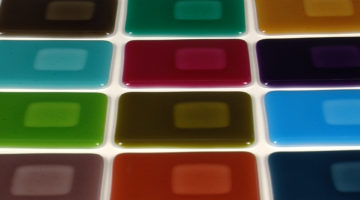
In this lesson, you'll create a fused, slumped plate with diluted areas in the design.